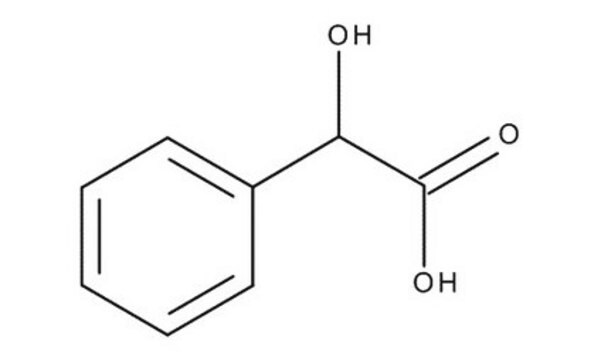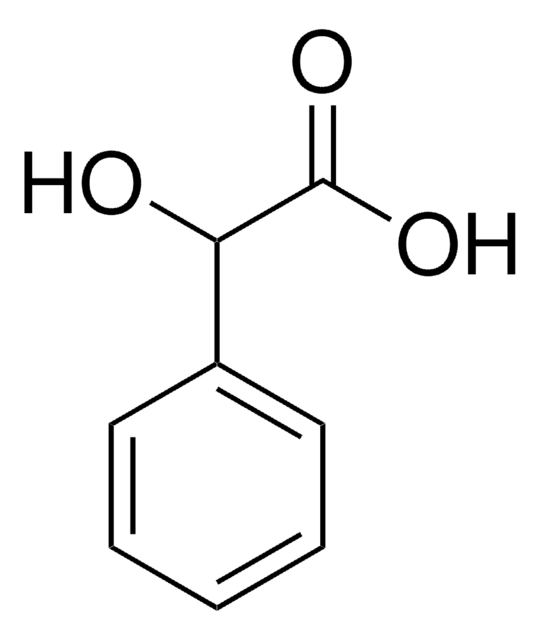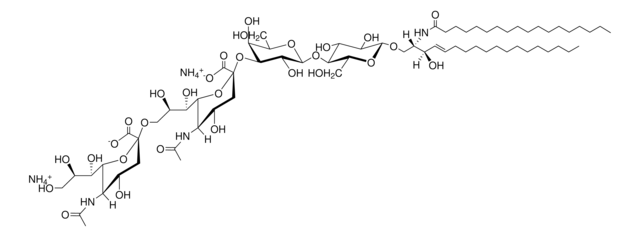48795
Manganese(II) chloride 0.1 M solution
Sinonimo/i:
Manganese(II) chloride solution, Additive Screening Solution 26/Kit-No 78374
About This Item
Prodotti consigliati
Livello qualitativo
Densità
1.01 g/mL at 20 °C
Temperatura di conservazione
2-8°C
Stringa SMILE
Cl[Mn]Cl
InChI
1S/2ClH.Mn/h2*1H;/q;;+2/p-2
GLFNIEUTAYBVOC-UHFFFAOYSA-L
Cerchi prodotti simili? Visita Guida al confronto tra prodotti
Applicazioni
- as a component of reprogramming media for culturing mouse neonatal tail-tip fibroblasts
- in the mutagenesis of WT clone by error-prone polymerase chain reaction (PCR)
- as a standard in isothermal titration calorimetry and differential scanning calorimetry
Avvertenze
Warning
Indicazioni di pericolo
Consigli di prudenza
Classi di pericolo
Eye Irrit. 2
Codice della classe di stoccaggio
12 - Non Combustible Liquids
Classe di pericolosità dell'acqua (WGK)
WGK 1
Punto d’infiammabilità (°F)
Not applicable
Punto d’infiammabilità (°C)
Not applicable
Dispositivi di protezione individuale
Eyeshields, Faceshields, Gloves
Certificati d'analisi (COA)
Cerca il Certificati d'analisi (COA) digitando il numero di lotto/batch corrispondente. I numeri di lotto o di batch sono stampati sull'etichetta dei prodotti dopo la parola ‘Lotto’ o ‘Batch’.
Possiedi già questo prodotto?
I documenti relativi ai prodotti acquistati recentemente sono disponibili nell’Archivio dei documenti.
I clienti hanno visto anche
Il team dei nostri ricercatori vanta grande esperienza in tutte le aree della ricerca quali Life Science, scienza dei materiali, sintesi chimica, cromatografia, discipline analitiche, ecc..
Contatta l'Assistenza Tecnica.







